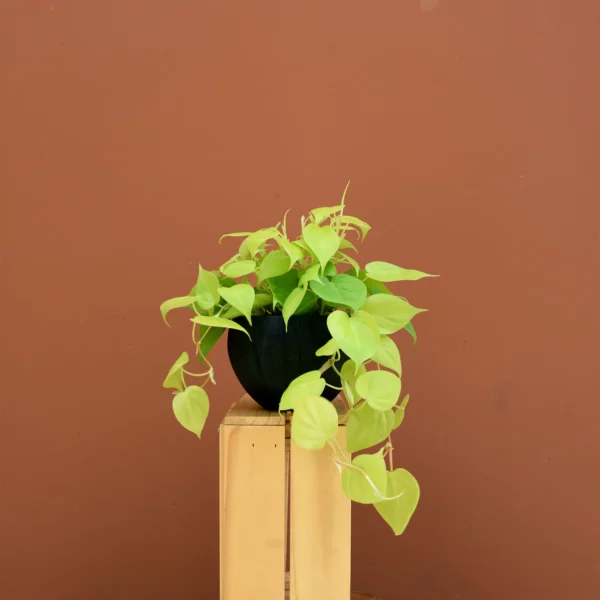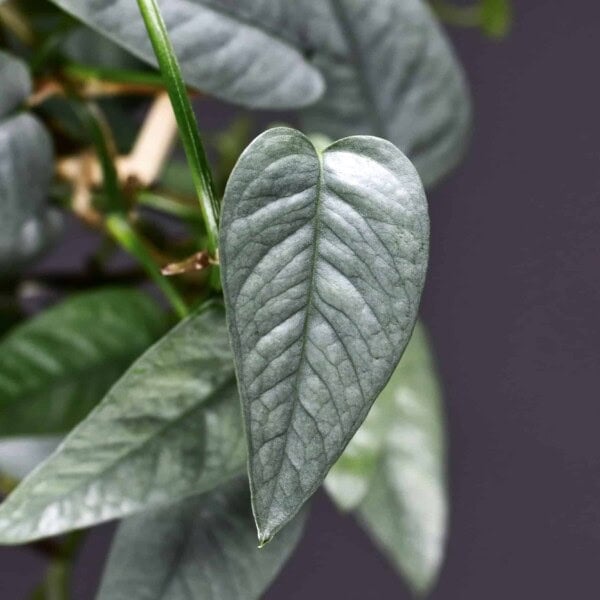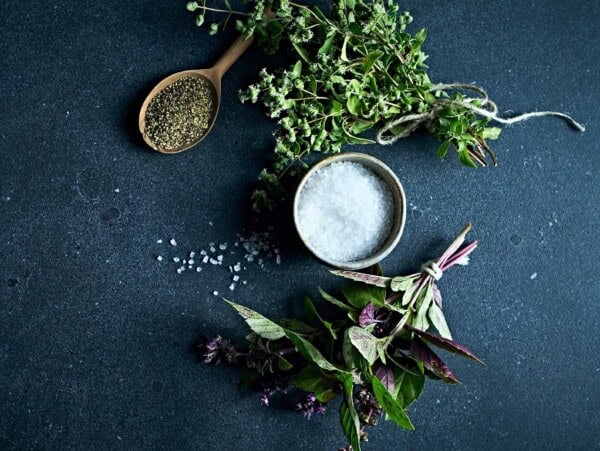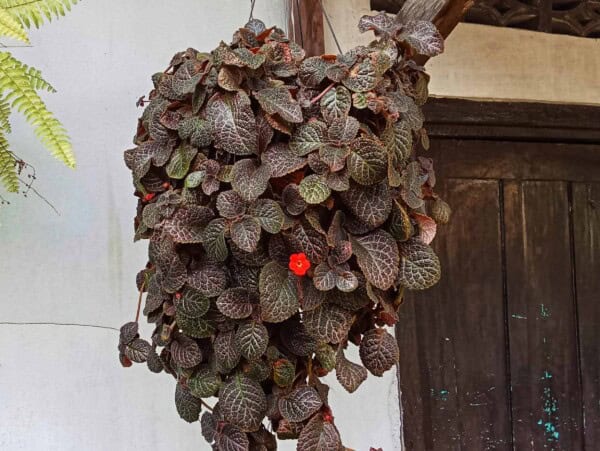Do you love tropical plants as much as I do? If so, then let me introduce you to the perfect new plant for your indoor greenery, the Hawaiian pothos. Also known as the epipremnum aureum ‘Hawaiian’, this variety is one of my favorites that I’ve grown throughout the years – at this point I’ve basically grown all the varieties I could get my hands on. Pothos are just so easy to take care of!
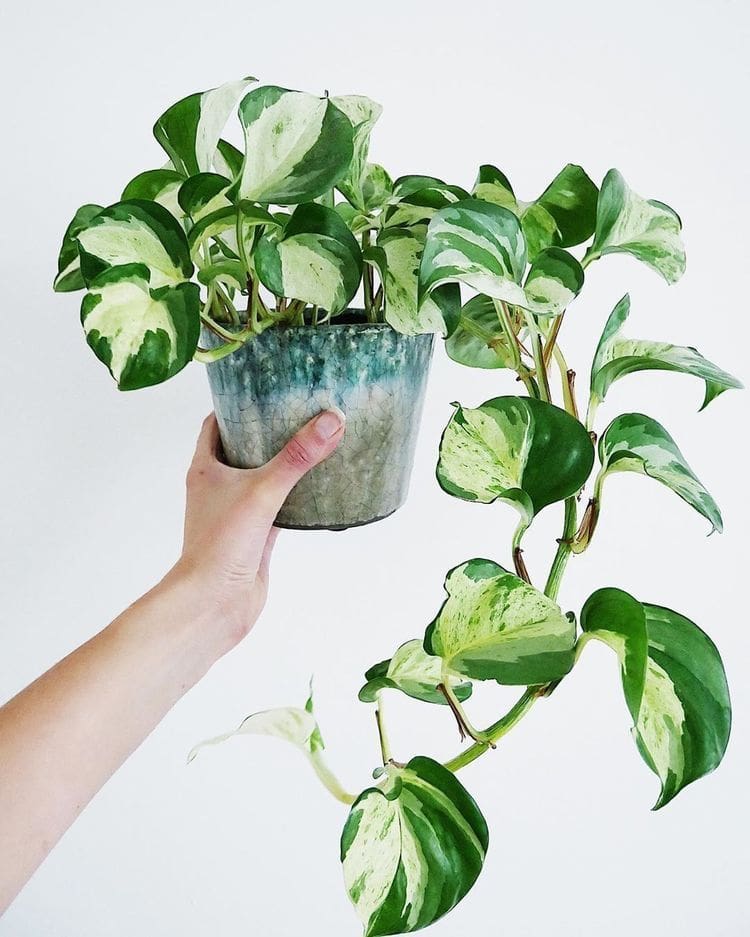
You can think of it as a low-maintenance dash of the tropics that you can easily add to your home. It’s tolerant of various lighting conditions and adorned with heart-shaped leaves that you’re sure to fall in love with. Seriously, this plant is perfect for first-time gardeners and experienced plant parents alike.
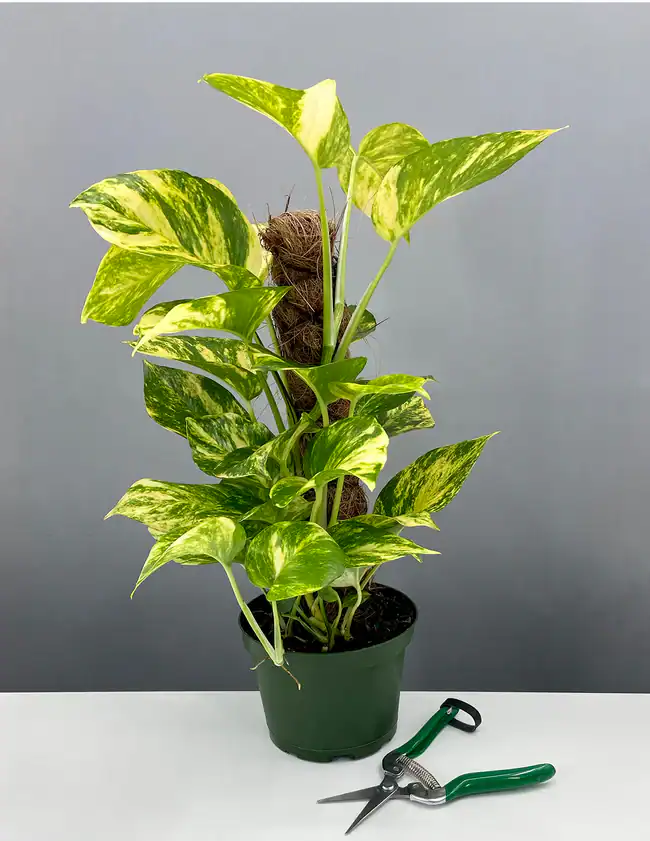
Table of Contents
- Meet the Hawaiian Pothos
- Proper Hawaiian Pothos Lighting & Placement
- Temperature & Humidity Requirements
- Hawaiian Pothos Soil Selection and Watering Habits
- My Approach to Fertilizer
- Pruning & Propagating
- What to Do When It’s Time to Repot
- Common Hawaiian Pothos Issues and Simple Fixes
- Frequently Asked Questions About Hawaiian Pothos
- Other Plant Care Hacks You’ll Actually Use
- In Conclusion
Meet the Hawaiian Pothos
There’s no denying that the pothos Hawaiian is a pretty plant. That said, its heart-shaped leaves, complete with deep green coloring and yellow patterns, might have you thinking that this plant is delicate. Thankfully, that’s not the case. This plant is actually quite resilient.
This vining plant does best in places with lots of bright, indirect sunlight. If lighting is limited, though, no worries. It can grow alongside other low light plants indoors, just at a slower rate. The Hawaiian pothos prefers to dry out between waterings, meaning it won’t be a problem if you forget to water it for a few days (don’t worry, I’ve done this and it turned out fine!).
As a moderately fast grower with roots in the South Pacific, this plant grows at a steady pace without overgrowing the area overnight. If given the chance, its vines will grow upwards, but you can also let the vines simply hang down if that’s the look you’re after instead.
Proper Hawaiian Pothos Lighting & Placement

I’ve moved a few times over the years, which was an issue for some of my more picky plants. One of the things I love about the Hawaiian pothos is just how tolerant it is of various lighting conditions. Whereas the baltic blue light requirements sort of take low light situations off the table, the Hawaii pothos can still grow perfectly fine even in less-than-ideal lighting.
Of course, like most pothos, bright indirect light is still best. Low-light situations slow down growth, while bright indirect sunlight speeds things up, providing more than enough light and helping the variegation on the leaves grow really pronounced. Just make sure you don’t place these plants in direct sunlight. They do not like that, and you’ll quickly run into scorned leaves.
I usually try to search for indoor space around our home that gets at least six hours of sunlight a day without the plant ever being in direct sunlight. Southern-facing windows can work for this, but you can always just place the plant a bit away from the window if this isn’t an option. I like to use curtains to help protect the plant from direct bright light as well.
Tip
Rotate your Golden Hawaiian Pothos every 1–2 weeks to promote even growth and prevent lopsided vines. This helps all sides of the plant receive equal sunlight, which encourages fuller, more balanced foliage and prevents it from leaning too much in one direction. Use this time to also check for pests, yellowing leaves, or dry soil.
Pro tip – Rotate the plant every few weeks to ensure even light exposure!
Temperature & Humidity Requirements

Pin this article
Pin It NowJust like with lighting, the Hawaiian pothos is fairly lax when it comes to temperature and humidity requirements. Although it’s usually grown as an indoor plant, it could easily become one of your favorite low maintenance outdoor hanging plants if the environment is right.
For temperatures, your home should be fine unless your house gets really drafty during the winter months. Outdoor growth may not be ideal for those living in cold climates, as the plant can die if temperatures dip down to 50 degrees Fahrenheit or below. Thankfully, most home temperatures—65 to 75 degrees Fahrenheit—are perfect for this plant..
Being a tropical plant, it is a bit more picky when it comes to the humidity levels. It prefers a relatively high humidity level, somewhere between 50 and 70 percent. If humidity levels pose an issue, I’ve had a lot of luck just placing a small humidifier near my pothos. If you’d like to avoid adding anything else to your electric bill, then a pebble tray will work as well.
Hawaiian Pothos Soil Selection and Watering Habits

I’ve found these plants to be pretty happy with most soils. As long as the soil can provide proper drainage, then you shouldn’t run into any issues. Constantly moist soil can actually cause issues for the Hawaiian pothos, so you’ll want to make sure that whatever pot you place it in has drainage holes to prevent water buildup.
Mixing basic potting soil with perlite and orchid bark can help mimic the tropical environment this plant expects, offering good drainage but still maintaining a bit of moisture. Mixing isn’t required, but I’ve found it helps a plant really reach its full potential, so I’d recommend at least trying the soil mix when it’s time to repot.
What are you searching for?
When it comes to watering, the routine is pretty straightforward. If you can stick your finger one inch into the soil and it still feels dry, then it’s time to water. Water until water begins to come out the bottom of the pot, then hold off on future waterings until the top inch of the soil is dry again.
Want some rough watering schedule estimates? Well, during the growing season, you can expect to wait between seven and ten days between waterings. Growth slows down during the fall and winter seasons, so watering every ten to fourteen days is a good starting point. Just make sure to do the finger check to avoid giving it too much water.
My Approach to Fertilizer

When it comes to Hawaiian pothos, fertilizer isn’t really something you absolutely need, but I’ve definitely noticed a visible difference when using it on my plants. As such, it’s something I would recommend. I’ve found that the balanced NPK mixes like 10-10-10 work best.
These plants aren’t heavy feeders, so a full-strength solution is often overkill. There is such a thing as too much fertilizer! I’ve had a lot of luck diluting my fertilizer down to half strength.
The best time to fertilize is during the spring and summer growing months. I’ve found that a monthly fertilizing schedule works well for my plants, but you can space applications out up to six weeks apart. I usually skip fertilizing in the fall and winter, but reducing fertilization frequencies is also an option.
Pruning & Propagating
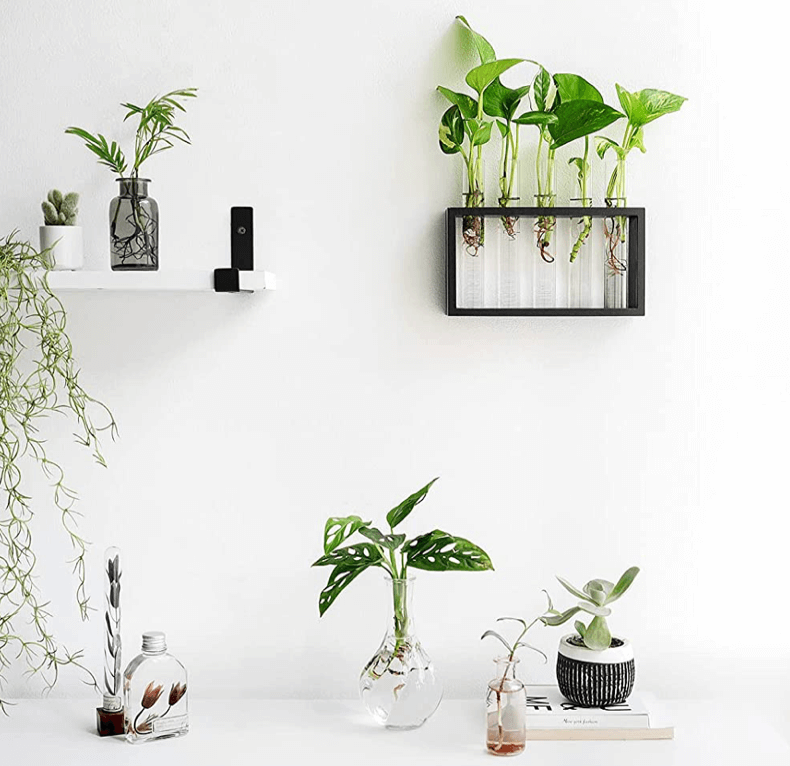
The Hawaiian pothos is really low-maintence, so pruning definitely won’t be part of your daily routine. You really don’t need to prune it unless you notice the vines are getting too long or there are dead leaves that should be removed. Usually, I just use scissors to trim excessive or unruly vines.
Long vines can be pretty useful, though, especially if you learn how to propagate your plants. Essentially, you just take cuttings from the old plant and use them to grow a new plant. Find a stem with at least three leaves, cut it off, then remove the bottom leaf.
From here, put the cutting in a jar or propagation station and cover the bottom node (the bump where the leaf was growing from) with water. Put it alongside your other plants, ensuring it gets bright, indirect sunlight, and change the water weekly until roots begin to grow.
Once the roots are a few inches long, you can place the plant in its own pot.
What to Do When It’s Time to Repot

Whether you’ve had your live plants for a while now or you simply want to plan ahead, it’s essential that you learn how to properly repot your Hawaiian pothos. Generally speaking, your plants will probably be due for a repotting every 18 to 24 months. Fortunately, the process isn’t very hard to do.
Once you notice your plant’s roots are starting to creep out of the drainage holes of its current pot, you’ll need to find a new pot. Pick one that’s a few inches larger than your current pot. Then, gently remove your plant from its current pot, shake off any excessive soil, and prune any overgrown roots.
News Letter Form
Use some suitable soil to make a base in your new pot. Place the plant in the new pot, then fill in the rest of the pot with more soil, making sure to keep the plant level as you fill the pot. To finish, give the plant a good watering (until water begins to leak from the bottom of the pot). Place the plant in bright, indirect sunlight and resume your normal watering schedule once the top of the soil has dried out.
Tip
Consider getting a moss pole if you want your Hawaiian pothos leaves to grow up, rather than hang down!
Common Hawaiian Pothos Issues and Simple Fixes

Despite our best efforts, Hawaiian pothos aren’t immune to problems. I haven’t run into many over my years growing these plants, but there are still a few things that you’ll want to know ahead of time so you can solve any problems that might come up before they get worse.
- Yellow leaves or black spots are both indicators of overwatering. Simply allow more time between waterings. If the yellow leaves don’t go away after this adjustment, your plant may need more fertilizer. If it’s black spots that you’re struggling with, consider cutting back on the fertilizer instead.
- Brown tips indicate that your plant needs more water. Increasing the humidity will also help
- Leggy growth shows that your plant needs more light.
- Pests generally won’t be an issue, but most can be treated with either insecticidal soap or neem oil. Some pests, like aphids, can simply be sprayed away with water. Others, like spider mites, will require treatment instead.
Frequently Asked Questions About Hawaiian Pothos
No, Hawaiian pothos plants do NOT like direct sunlight. Too much sunlight will scorch the leaves, so opt for bright but indirect sunlight instead. If that’s simply not an option, these plants can also get by in lower-light situations.
As a general rule of thumb, you should water your plant every one to two weeks. However, it really comes down to touch. If the top inch of the soil feels dry, then it’s time to water your pothos. The growing season is in the spring and the summer, so expect to water your plant less during the fall and winter months.
Ideally, you’ll want to put your Hawaiian pothos in a place where it gets lots of bright, indirect sunlight, with 50%-70% humidity and temperatures between 65-85°F (18-29°C). As long as those basic requirements can be met, you can let the vines trail down from a bookcase, climb up a moss pole, or adorn wherever you’d like!
Other Plant Care Hacks You’ll Actually Use
In Conclusion

Perfect for all plant enthusiasts, the Hawaiian pothos is definitely one of my favorite pothos varieties. Whether you’re letting it grow up a moss pole or trail from your balcony, this plant is sure to add a touch of the tropics to your home. To all my fellow plant parents, I hope you fall in love with these pretty pothos as much as I did. By the way, be sure to check out my post on easy hard to kill plants if you’re itching for more indoor plant ideas. Until next time!


